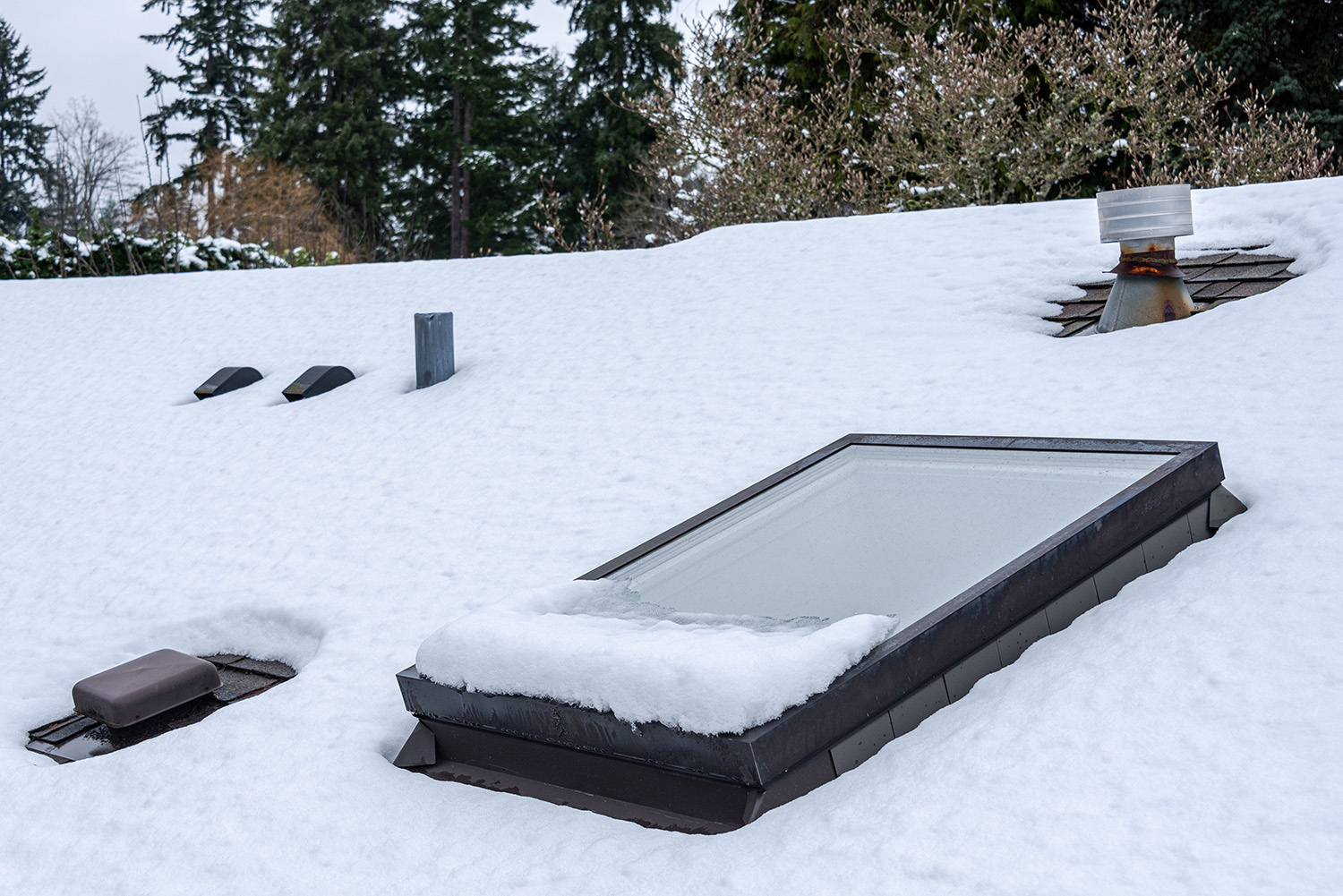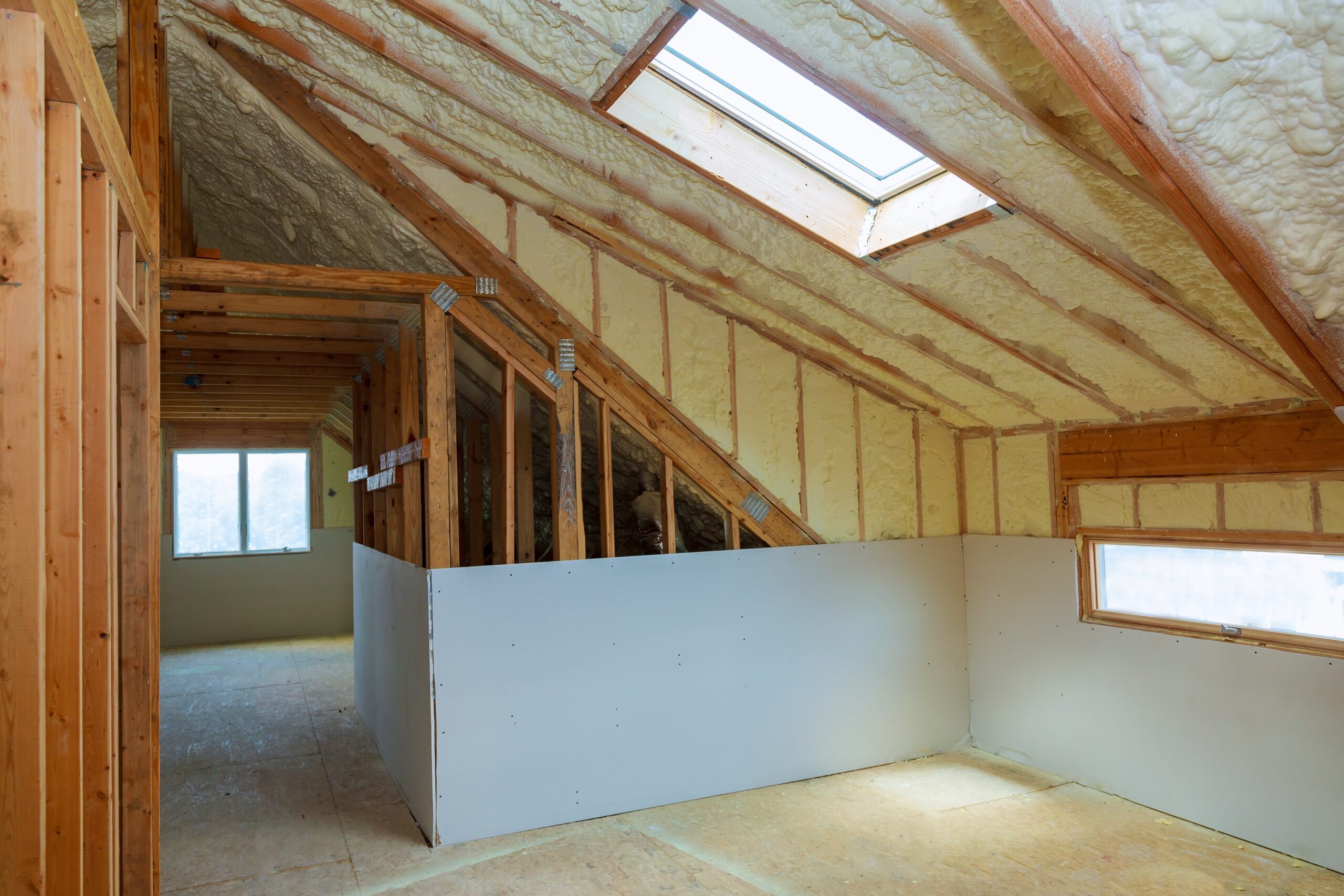Natural light plays a vital role in enhancing the ambiance, comfort, and energy efficiency of a home. Velux, a leading manufacturer of high-quality skylights, offers a wide range of innovative solutions to bring the benefits of daylight, fresh air, and energy efficiency into your living spaces.
As the leading and most trusted residential roofing contractor in New Hampshire and Southern Maine, J. Carnes & Son Roofing specializes in helping homeowners select and install the perfect Velux skylight based on their needs, preferences, and the architectural style of their home.
In this blog post, we will discuss the advantages of Velux skylights, explore various types and features, and share valuable tips and insights for selecting a skilled contractor for seamless skylight installation and ensuring lasting performance.
Benefits of Velux Skylights
Velux skylights offer numerous advantages for homeowners looking to enhance the comfort, ambience, and energy efficiency of their living spaces:
1. Natural Light: Velux skylights introduce abundant natural light into your home, making darker spaces feel brighter, more spacious, and welcoming while also promoting better sleep by regulating your body’s circadian rhythm.
2. Fresh Air: Many Velux skylights offer ventilation features that allow fresh air to circulate throughout your home, promoting a healthier indoor environment and reducing the reliance on artificial air conditioning systems.
3. Energy Efficiency: Velux’s energy-efficient technologies, such as double-paned glass, solar-powered blinds, and advanced sealing systems, contribute to reduced energy consumption, lower heating and cooling costs, and minimized carbon footprint.
4. Increased Home Value: Velux skylights can enhance your home’s aesthetic appeal and overall value, making it a practical and visually pleasing home improvement investment.
Types and Features of Velux Skylights
Velux offers various types and features of skylights to suit different preferences, needs, and architectural styles:
1. Fixed Skylights: Fixed skylights provide an unobstructed view of the sky and consistent natural light, making them ideal for spaces where additional ventilation is not a top priority. Their sealed design also ensures excellent energy efficiency and weather resistance.
2. Ventilated Skylights: Ventilated skylights can be opened manually or through a remote control, allowing fresh air to circulate throughout your home and providing an effective means to release excess heat and humidity, thus promoting indoor comfort and air quality.
3. Solar-Powered Skylights: Velux’s solar-powered skylights utilize solar energy to power a built-in battery for opening and closing the skylight, reducing electricity consumption and maintenance costs. Some solar-powered skylights also feature rain sensors, automatically closing the skylight in case of inclement weather.
4. Roof Windows: Roof windows, while providing similar benefits to traditional skylights, are designed for easier access and cleaning due to their larger sizes and operability, making them ideal for lofts or rooms with limited wall space for traditional windows.
Selecting a Reputable Installer and Ensuring Skylight Longevity
Ensure a successful Velux skylight installation and enduring performance with these essential tips:
1. Experienced Contractor: Choose a reputable, skilled contractor like J. Carnes & Son Roofing, specializing in Velux skylight installation and maintenance, for a precise and efficient installation suited to your home’s specific needs and aesthetic preferences.
2. Proper Planning: Collaborate with your contractor to assess the best location, size, and type of Velux skylight to achieve maximum natural light and energy efficiency while considering factors such as the slope of your roof, local climate, and the structural integrity of your home.
3. Quality Materials: Opt for high-quality Velux skylights that meet stringent performance and durability standards, ensuring long-lasting performance and weather resistance.
4. Regular Inspections: Schedule periodic skylight inspections with your contractor to identify and address potential issues, such as leaks or wear and tear, before they escalate into costly repairs or replacements.
5. Preventative Maintenance: Perform routine maintenance on your Velux skylight, such as cleaning the glass, resealing the flashing as needed, and monitoring for any changes in performance to maintain its efficiency and longevity.
Final Thoughts
Velux skylights offer an excellent solution for homeowners seeking to enhance the beauty and comfort of their living spaces with abundant natural light, fresh air, and energy efficiency. By understanding the benefits, types, and expert guidance on selecting a skilled contractor like J. Carnes & Son Roofing, you can ensure a successful skylight installation and enjoy years of bright, well-ventilated, and energy-efficient living.
Contact our team of professional Velux skylight installers today to discuss your needs and transform your home with a stunning, functional, and energy-saving addition backed by J. Carnes & Son Roofing’s expertise and commitment to customer satisfaction.


